Top Interview Questions for Aircraft Structures Technicians
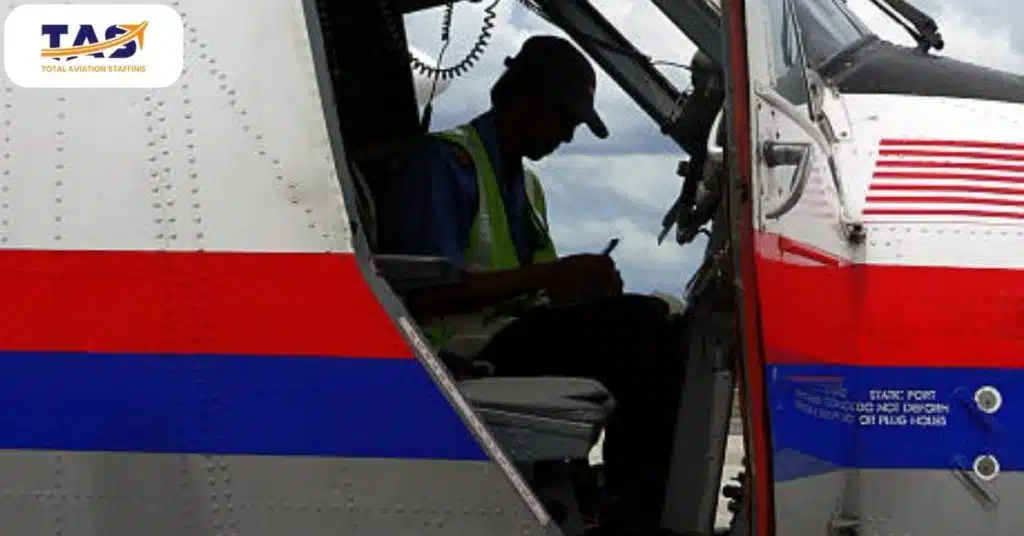
Are you excited about your upcoming interview as an Aircraft Structures Technician? As you prepare for the big day, it’s important to be ready for any question that might come your way.
To help you out, we’ve put together a list of some of the most common and important questions you might be asked during your interview. By taking the time to prepare thoughtful and detailed answers to these questions, you’ll be sure to impress your interviewer and increase your chances of landing the job of your dreams. So, let’s get started!
1. Can you tell me about your previous experience in sheet metal fabrication for aircraft?
When interviewing for an Aircraft Structures Technician position, the interviewer may ask about previous experience in sheet metal fabrication for aircraft. This question aims to understand the candidate’s proficiency and experience in using sheet metal tools and techniques to fabricate aircraft parts.
To answer this question effectively, the candidate should:
1. Provide specific examples of their previous work experience including:
the types of aircraft parts they fabricated
the tools and techniques they used
the processes they followed to ensure quality and compliance with FAA regulations
2. Highlight any specialized training or certifications they have in sheet metal fabrication for aircraft.
And remember, when answering questions about your previous experience in sheet metal fabrication for aircraft, don’t be afraid to showcase your expertise and passion for the craft. Your ability to demonstrate your knowledge of specific aircraft parts, your proficiency with various tools and techniques, and your commitment to maintaining quality and adhering to FAA regulations will surely impress the interviewer. So go ahead, let your skills take flight, and show them why you’re the perfect fit for the Aircraft Structures Technician position!

2. How do you keep up with changing FAA maintenance bulletins and regulations?
As an Aircraft Structures Technician, it’s essential to keep up with changing FAA maintenance bulletins and regulations to ensure compliance and safety. The interviewer would ask this question to assess the candidate’s ability to stay current with industry standards and adapt to changes quickly.
A strong response might include a description of the candidate’s approach to staying informed about changes, such as regularly reviewing FAA publications and attending training sessions. They may also discuss how they incorporate new information into their work processes and communicate changes to other team members to ensure compliance. Additionally, they may highlight any experience they have with implementing changes related to FAA regulations in previous roles.
When it comes to staying up-to-date with FAA maintenance bulletins and regulations, it’s not just about knowing what’s new, but also about knowing how to apply that knowledge effectively. So, be sure to showcase your adaptability, your ability to integrate new information into your work, and your communication skills when answering this question. After all, as an Aircraft Structures Technician, you are a crucial part of ensuring the safety and compliance of every flight, so make sure to let your passion and expertise shine through!

3. Can you describe a particularly challenging repair or maintenance project you worked on in the past and how you overcame any obstacles?
When answering the question about a challenging repair or maintenance project, it’s important to focus on a specific example, explain the scope of the project, and highlight the obstacles faced.
Here are some tips for answering this question:
Discuss the scope of the project, including any relevant technical details.
Explain the specific challenges you faced and the impact they had on the project.
Detail your problem-solving approach and any creative solutions you developed.
Highlight any team collaboration or communication skills utilized.
Conclude by summarizing the outcome of the project and any key takeaways.
Emphasize how the experience has prepared you for future challenges.
Here are the common challenges for an Aircraft Structures Technician may include:
Complex structural damage repair
Component fabrication and replacement
Compliance with strict FAA regulations and guidelines
Working in tight spaces or high elevations
Meeting tight project deadlines
As an Aircraft Structures Technician, you are a problem solver and a critical thinker. By sharing your experience with a challenging repair or maintenance project, you have the opportunity to demonstrate your skills and expertise. So, don’t be afraid to highlight the obstacles you faced and the solutions you developed. After all, every challenge is an opportunity for growth and development in your career as an Aircraft Structures Technician!

4. How do you ensure the accuracy and precision of your work, particularly when dealing with tight tolerances?
When answering this question, it’s essential to demonstrate strong attention to detail and a commitment to producing high-quality work.
Here are some tips:
Explain your process for double-checking your work and verifying measurements.
Discuss any specialized tools or techniques you use to ensure precision.
Highlight any relevant certifications or training you’ve completed.
Describe a situation where you identified and corrected an error in your work.
Discuss your communication with team members or supervisors to ensure accuracy.
Conclude by emphasizing the importance of precision and accuracy in your work.
When it comes to keeping up with FAA maintenance bulletins and regulations, don’t just wing it! Show the interviewer that you’re more than just an average Aircraft Structures Technician. Demonstrate your ability to soar above the rest by highlighting your meticulousness, attention to detail, and commitment to staying informed. After all, in the ever-changing world of aviation, being up-to-date is the key to staying ahead. So, buckle up, stay informed, and let your passion for precision take flight!
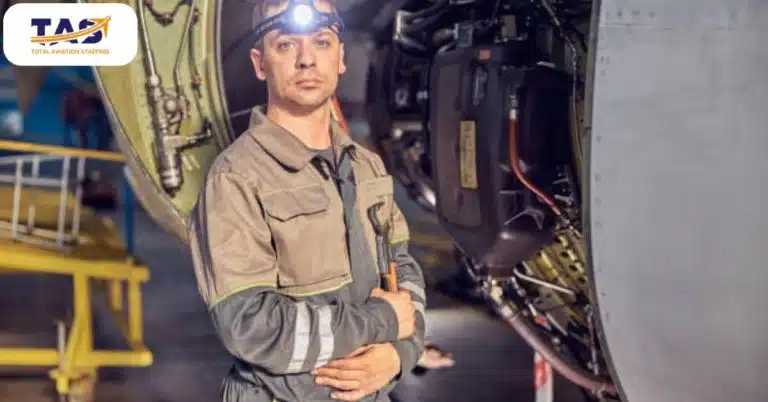
5. Can you walk me through your process for interpreting and understanding aircraft drawings and schematics?
The ability to interpret and understand aircraft drawings and schematics is crucial for an Aircraft Structures Technician. This question is a great opportunity to showcase your knowledge and experience in this area. When answering this question, it is essential to provide a clear and concise explanation of your approach.
Here are some tips on how to answer this question:
Start by explaining the importance of understanding aircraft drawings and schematics.
Outline your process for reviewing and interpreting the drawings, including identifying key features and components.
Discuss how you cross-reference the drawings with other documentation, such as maintenance manuals and engineering specifications.
Provide examples of how you have used your knowledge of aircraft drawings and schematics to troubleshoot and solve problems.
When it comes to interpreting aircraft drawings and schematics, don’t be a puzzle piece that doesn’t fit! Showcase your knack for unraveling the mysteries of those intricate lines and symbols. Let the interviewer know that you’re not just a Technician, but a true master of decoding the language of aircraft blueprints.
With your technical expertise and attention to detail, you’re like a Sherlock Holmes of the aviation world, piecing together the structural puzzle with precision. So, get ready to impress and show them that you’re the missing link they’ve been searching for!

6. How do you prioritize and manage your workload when working on multiple projects simultaneously?
As an Aircraft Structures Technician, juggling multiple projects is just another day in the cockpit. So, when the interviewer asks you how you manage your workload, don’t panic – this is your chance to show them that you’re a pro at staying organized and focused. Let them know how you prioritize your tasks, how you manage your time effectively, and how you thrive under pressure.
Here’s how to answer this question effectively:
Explain how you assess the urgency and importance of each project.
Discuss your approach to setting realistic timelines and deadlines for each project.
Describe how you communicate with stakeholders, including other technicians, project managers, and customers, to ensure everyone is on the same page.
Provide examples of how you have managed competing priorities and unexpected changes in the workload.
You’re accustomed to smoothly managing multiple projects in the fast-paced aviation industry. Emphasize your ability to assess urgency, set realistic timelines, and effectively communicate with stakeholders. With your exceptional organizational skills and calm demeanor under pressure, you’ll demonstrate that you’re a dependable professional who can keep projects on course and deliver results with flying colors.
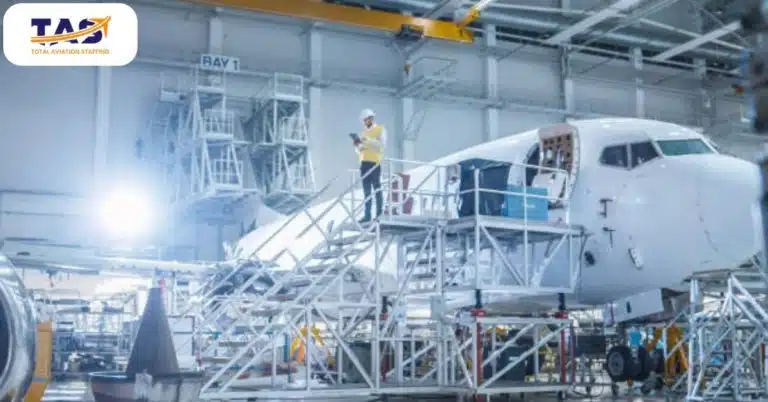
7. Can you explain your process for identifying and addressing safety concerns during maintenance and repair work?
The interviewer is asking this question to ensure that you have a strong focus on safety when performing maintenance and repair work. To answer this question, explain your process for identifying potential safety concerns and addressing them proactively.
You may mention the following points:
Conducting a thorough inspection of the work area before starting any maintenance or repair work
Following established safety procedures and protocols
Identifying potential hazards and taking immediate action to mitigate them
Communicating any safety concerns to the appropriate personnel
Conducting regular safety checks throughout the maintenance or repair process
Completing a final safety check before signing off on the work
When it comes to maintaining a safe work environment, don’t just talk the talk, strut the strut! Show the interviewer that you’re not only committed to safety, but you also dance to the beat of established protocols. With your understanding of the importance of following safety measures, you’re the safety superstar they’ve been searching for. So, put on your safety boots, bust a move, and let your dedication to a secure workplace take center stage!
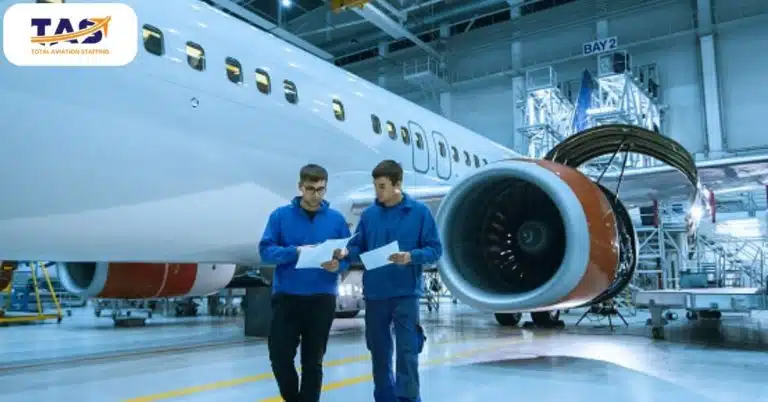
8. How do you handle situations where unexpected issues arise during a repair or maintenance project?
The interviewer is interested in how you handle unexpected issues during aircraft maintenance or repair projects. Be prepared to share your approach, including any troubleshooting or problem-solving techniques you use to overcome unexpected challenges and ensure a successful outcome.
To answer this question, follow these tips:
Remain calm and assess the situation before taking action.
Communicate with your team and/or supervisor to determine the best course of action.
Prioritize safety and ensure that all necessary precautions are taken.
Use problem-solving skills to come up with a creative solution.
Document the issue and the steps taken to address it for future reference.
Be flexible and adapt to changes in the project timeline if necessary.
End your answer by reiterating your commitment to ensuring that all work is completed safely and efficiently.
When it comes to unexpected issues during aircraft maintenance or repair projects, it’s all about staying cool under pressure and improvising like a jazz musician. So, let your problem-solving skills soar and show the interviewer that you’re the expert at navigating any turbulence that comes your way. And remember, when it comes to aircraft maintenance, safety always comes first – so buckle up, follow protocols, and let your can-do attitude take you to new heights!
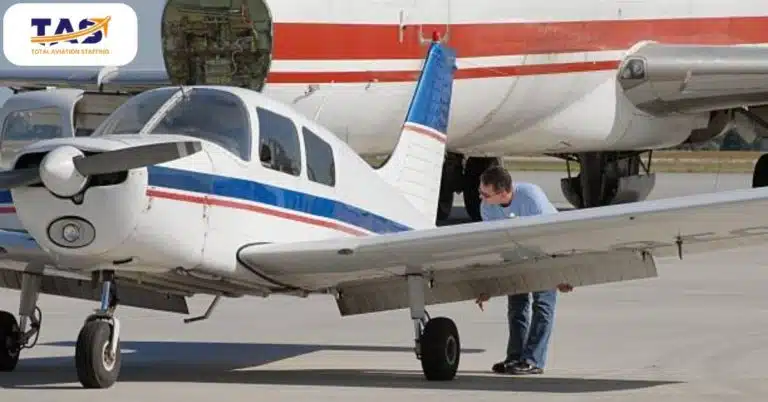
9. Can you describe any experience you have working with different types of aircraft or aircraft systems?
If you’re asked about your experience working with different types of aircraft or aircraft systems, don’t hold back – this is your opportunity to showcase your breadth of knowledge and demonstrate your expertise in the field. Be prepared to highlight your diverse range of skills and provide specific examples of your experience working with various aircraft and systems.
Here are some tips to help you answer this question:
Begin by briefly highlighting your experience working with different types of aircraft or aircraft systems.
Describe your experience working on a variety of aircraft, including commercial, military, and private planes.
Discuss your experience working with different types of aircraft systems, such as avionics, hydraulic, and pneumatic systems.
Highlight any specific aircraft or systems you have extensive experience working with, such as Boeing or Airbus planes, or advanced avionics systems.
Share any specialized certifications or training you have completed that demonstrate your expertise in working with different types of aircraft or systems.
Wrap up by emphasizing your adaptability and versatility as an Aircraft Structures Technician and your ability to work with a wide range of aircraft and systems.
Show the interviewer that you’re not just a one-trick pony, but a versatile Aircraft Structures Technician with a diverse range of skills. Whether it’s commercial giants, military powerhouses, or private gems, you’ve got the knowledge and hands-on experience to handle them all. So, strap in, showcase your adaptability, and get ready to soar to new heights in your career as an expert in the world of aircraft systems.
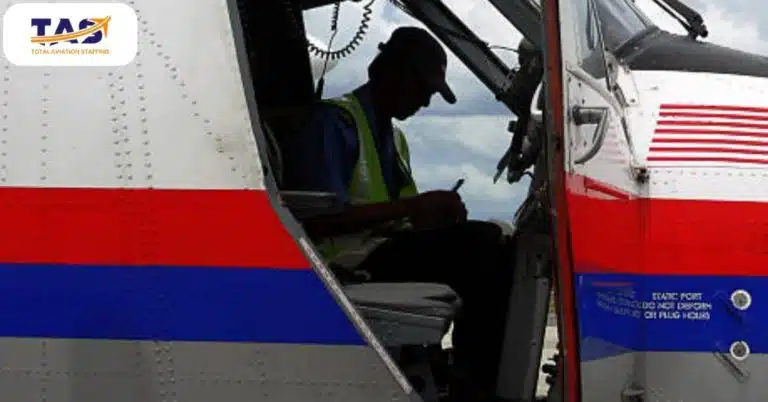
10. How do you approach ongoing professional development and staying up to date with new technologies and industry trends in the field of aircraft maintenance?
When answering the question of how you approach ongoing professional development and staying up to date with new technologies and industry trends in the field of aircraft maintenance, it’s important to highlight your commitment to continuing education and growth.
Here are some tips to answer this question:
Highlight your eagerness to learn and grow professionally
Discuss your current approach to professional development
Explain your interest in industry-related publications, conferences, and workshops
Mention any relevant certifications or training you have completed
Emphasize the importance of staying current in the field
Show how you apply new knowledge and skills to improve your work
Some of the ways you stay up to date with new technologies and industry trends include:
Attend industry conferences and seminars to learn about the latest advances in technology and techniques.
Participate in online forums and discussion groups to stay current with industry news and trends.
Read industry publications and research papers to expand your knowledge and understanding of new technologies.
Pursue additional certifications or training courses to enhance your skills and knowledge.
Network with other professionals in the field to gain insights and knowledge about new technologies.
When it comes to staying ahead of the curve in the ever-evolving world of aircraft maintenance, you’re not just a passenger – you’re the pilot of your professional development. Show the interviewer that you’re a lifelong learner with a thirst for knowledge and growth. So, keep learning, keep growing, and stay flying high!
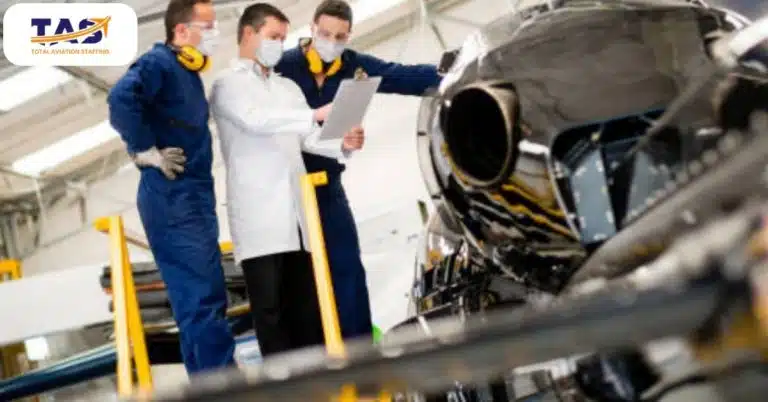
Wrapping Up
Remember that an aircraft structures technician is a crucial role in the aviation industry. To ace your interview, be confident, and showcase your expertise in aircraft maintenance and repair. Don’t forget to prepare for commonly asked questions and use our guide to help you answer them with ease. Finally, keep in mind that a positive attitude, willingness to learn, and passion for the job can make all the difference in securing your dream job. Good luck, and happy interviewing!
Ready to take off on your aviation career journey? Look no further than Total Aviation Staffing. Our team can help connect you with top companies in the industry, from MROs to airlines, and everything in between. With our job search tools and resume-building assistance, we’ll help you land your dream role as an aircraft structures technician or any other aviation position you aspire to. Don’t wait any longer to take control of your career. Contact us today and let’s get started!
